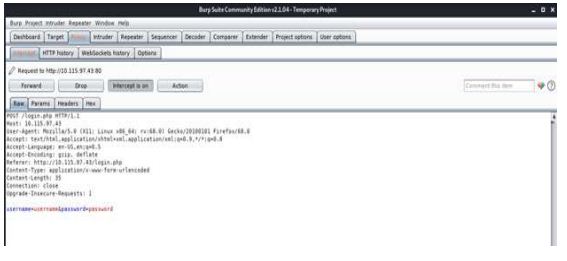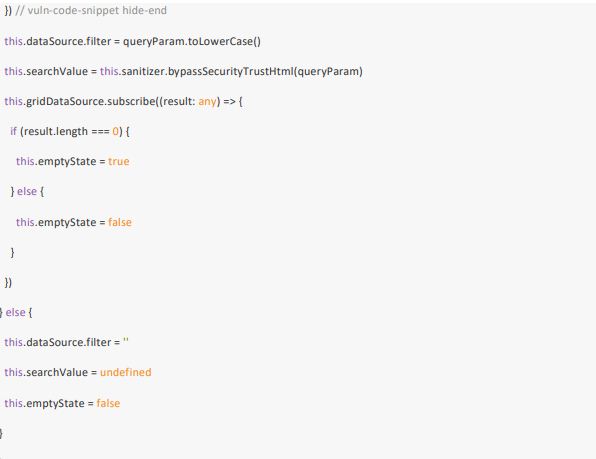- HSC Level 2/3 Unit 012 Assignment: Care Worker Responsibilities and Ways of Working
- CIPD Level 5HR03 Assignment: Understanding Reward Approaches and Their Impact on Performance and Contribution
- CIPD level 5HR02 Assignment: Talent Management and Workforce Planning Unit Guide
- Level 3 D/615/3823 Assignment: Regulation, Protection, and Collaborative Practice in Health and Social Care
- PGM216D Assignment: Bicycle Store Sales Management Application
- MATH6033 Assignment: Epidemiological Investigation of Cardiovascular Health and Tea Consumption Risks
- EH6147 Assingment: Stakeholder Analysis for Quality Improvement in Hand Hygiene Compliance
- Assignment: Investigation of Solution Concentration Through Standard Preparation, Titration, and Colorimetry Techniques
- MATH6033 Assignment: Cardiovascular Risk and Tea Drinking: Epidemiological Analyses
- CIPD level 3 3CO03 Assignment: Core behaviours for people professionals
- DAC4B1: Personal development in adult care settings
- Unit 19 Research Project Assignment 1: Impact of Corporate Social Responsibility on Business Success & Community Wellness
- EG5022 Assignment: Georeferencing and Accuracy Assessment of a Quarry 3D Model Using Photogrammetric GCPs
- Assignment: Financial Performance and Strategic Analysis of a UK Listed Company: A CORE Evaluation and Reflective Review
- 5CNMN002W Assignment: Advanced measurement- Major measurement taking off
- K/650/2298 Level 3 Understanding Roles, Responsibilities, and Effective Partnerships in Health and Social Care
- Understanding Information and Knowledge Management in the Workplace: A Briefing for HR Professionals
- HRM7010D Strategic Use of People Analytics in Enhancing Organisational Value and Agility
- TOWN1060 Urban Planning in the UK History Sustainable Design and Future City Development
- OTHM Level 5: J/650/1143 Research Methods in Health and Social Care
Fuzz testing using Web Applications And Design and development of a fuzzer: Secure Systems Development Assignment, MMU, UK
| University | Manchester Metropolitan University (MMU) |
| Subject | Secure Systems Development |
Part 1: Fuzz testing using Web Applications
Part2: Design and development of a fuzzer
Part 1:
We are using Kali Linux distribution for this part. An online OS is available here:
A web application like WFuzz can be found in the Web Application Analysis section of the Kali Linux menu. Wizz is a command-line utility included in Kali Linux. It is used to discover common vulnerabilities in web applications through the method of fuzzing. Fuzzing is the concept of trying many known vulnerable inputs with a web application to determine if any of the inputs compromise the web application. It is a great tool to be able to quickly check common vulnerabilities against an application. It is also valuable for testing previously reported vulnerabilities to ensure that regressions don’t occur in an application.

1. A payload to test against the target application
2. The parameter to inject the payload into
3. The target application URL
In addition to this, we often need to provide a cookie to fuzz for it to properly reach the vulnerable component. This is done by adding the -b argument. This is required if you need to authenticate to get to the section of the application you wish to attack.
To understand how to fuzz can be used, suppose that we have a login page that uses SQL to query if the user provides a valid username or password. When we submit the login form, the form will post the username and password as parameters. If the username and password is valid, the user is sent to a welcome page. In all other cases, they will get an error saying invalid username or password.

With login forms like this, we often want to check for the possibility of SQL injection. This is a task that fuzz would be perfect for. To start, we need to determine how the data is sent to the backend when it is submitted by the user. To do this, we can use a tool like Burp Suite to intercept the packet sent when the submit button is pressed. Doing this will show us how the post data is formatted.

From this intercept, we can see that data is passed to the server in the format
“username=input&password=input”. We can tell fuzz to send data in this format, and it will successfully be able to send post requests to the login page. To do this, we can use the command:
Buy Answer of This Assessment & Raise Your Grades
To break down this command, we can take a look at what each argument provides to fuzz. To start, the flag -c makes the output of the terminal color, which just makes the results easier to read. The flag -z specifies the payload to use to fuzz the webpage. The argument provided is a file, which is located at
/usr/share/wordlists/wfuzz/Injections/SQL.txt. Kali Linux keeps all the wordlists for each program in /usr/share/wordlists. Inside the fuzz folder, you will find all the common wordlists that fuzz is set up to use. In this case, I’ve used the SQL injection wordlist to look at common SQL injections. You can just as easily add to these lists or create your own if you have specific test cases you want to apply.
After this, we use the -d flag to specify what data to post to the server. As we discussed, the format is “username=INPUT&password=INPUT”. In this case, I set the username to admin and set the password to FUZZ. Wfuzz is set up to replace the keyword FUZZ with the words within the provided payload file, so in this example, we are injecting SQL injection keywords into the password parameter. Finally, we supply the target URL and run the application. Once this is done, we will get an output, similar to what is shown below.

Part 2: To make software or systems crash or break through their defenses, fuzz testing often includes entering huge volumes of random data, known as fuzz, into the software or system being tested. If a vulnerability is discovered, a fuzzer software program can be used to determine the root cause.


Use the example above to design and develop a fuzzy that will identify the weaknesses and supply some code fix options. Provide a technical note that includes the following:
1. Design and development of the fuzzer
2. Automatic Detection of the code weaknesses
3. Discussion on the impact of the weaknesses identified
4. Research a vulnerable application in Exploit DB1 search and pick the exploits, which have that respective application available for download, and reproduce the exploit by using a fuzzer of your choice
Are You Looking for Answer of This Assignment or Essay



